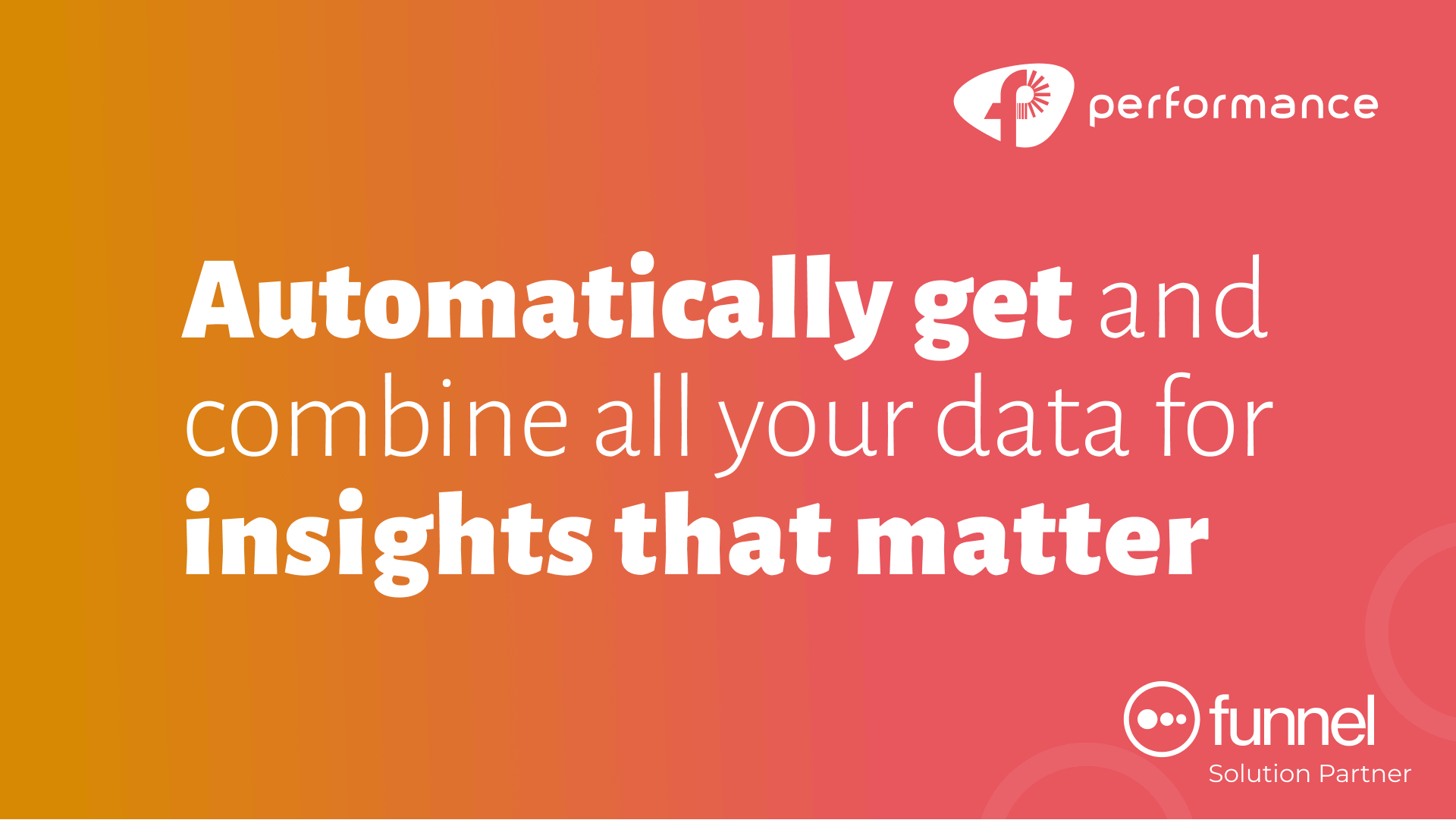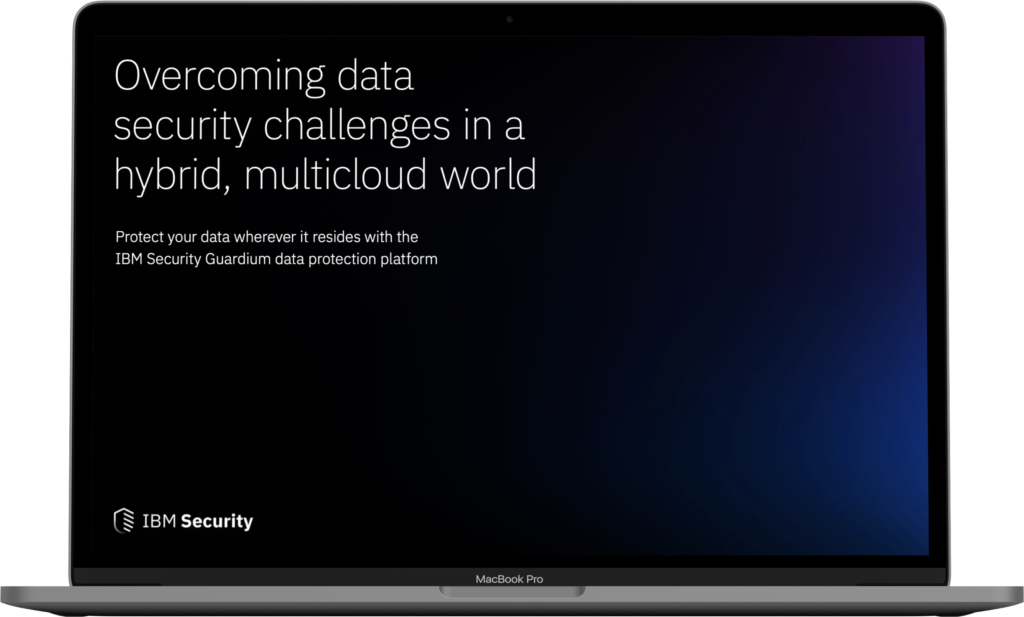Estimated reading time: 5 minutes
Transcript
Before I start my presentation I’ll do a very quick intro of we are. Performance is a next generation IT integrator with a proven track record among enterprises in Greece. Our customers include banks, telcos, retailers, and other enterprises. What we do?
We basically love solving engineering and data
science problems and we offer solutions and services in the domains of cloud computing, business process automation, cybersecurity and of course – as you can imagine from the title of the presentation – data science and analytics. And as you can see we are partners of some of the world’s most trusted analytics vendors.
So, now let’s discuss the best way to work with marketing data from different social media platforms. The basic problem is that getting the data we need for our marketing, sales and customer insight needs, is becoming more complex and expensive.
The difficulty comes from the fact that we use a lot of platforms and tools. The data is stored on these platforms in different ways. As a result, the same information can have very different names on each platform. Plus, they keep changing their reporting features, making it hard for us to keep up.
The cost of getting business-ready data for our marketing dashboards arise from the fact that the need for data engineers is very high in demand worldwide and truth is they are an expensive resource. Keep in mind that the kind of data work we are talking about here is quite dull and will probably demotivate engineers that could be used in more challenging projects.
This means you spend too much time getting, cleaning, combining, and organizing data. Most of the times, you don’t have enough time to build the dashboards you need or find trends and insights that will give you an edge. If you are doing this job manually – without help from a data engineer – there is also a good chance that errors might appear into your reports and dashboards.
And we know this because we have experience with it. Even though we (at Performance) have a small marketing operation, we still use data from more than fifteen platforms (including LinkedIn, Facebook, Instagram and Google) to run a lot of cross-channel campaigns and events each year. So, a while ago, we realized that spending so much time on “massaging” data would impact the quality and timelines of our campaigns and events. We needed to do something about this. Luckily for us, we have (an internal) highly-skilled data science unit at Performance, so we reached out to them. The response was that our request would be more expensive than worth – and would also be a lot of work. But they also said that what we want sounded like a common need and would look to find an off-the-shelf solution.
After some searching, they found Funnel. A solution simple enough for us and powerful enough for engineers and data scientists to use for more complicated cases.
Funnel automatically collects and harmonises data from all your platforms so that you get a unified, holistic overview of all your data in one place, without coding
Using Funnel, we can create business-ready data that is up-to-date, well-formed, consistent, unified, and available to both us (the) non-tech people and to engineers. It allows us to do this in three simple steps.
The first step in getting the most out of your marketing campaigns is getting data from their source. Funnel automates this process by extracting data from more than 500 sources and making it more efficient and reliable.
However, fetching the data does not mean it’s instantly ready to use. Funnel helps us build automatic processes that change data from different sources into a standard format. This makes it possible to merge all this data into one new dataset. This is the step where Funnel {==”robots”==} improve the quality and consistency of the data we fetch and where they turn it all into business-ready data.
The final step is making our business-ready data available to colleagues and to automated dashboards who need it. Again, Funnel provides the ability to publish and pull data from various modern visual analytics and data warehousing platforms. It helps us create reports and dashboards using Tableau, Microsoft Power BI, and other analytics tools. And it also allows data engineers and scientists to build sophisticated integrated funnel views and models.
Finally, it’s essential to repeat that you can create such automatic processes without knowing how to program them. Funnel is focused on making it as simple as possible for us to do so.
Funnel is one of those solutions that perfectly fit what we want for our customers. We believe that you should own your data and know exactly how they are being transformed and used. Plus, we think you should focus on doing what you can do best and not on tasks like cleaning data. Finally, as I mentioned earlier, Performance has a great data analytics and science team with a proven track record. In addition, we partner with world-class analytics and intelligence product vendors.
If I was asked to summarize what funnel and Performance can do for your in just a sentence I’d say that … we help marketing teams automate the “get and clean” steps, so they can have more time to focus on the “explain and discuss” part of their analyses.
If you want to see more, please scan the QR code, or just type funnel.io in your browser. If you wish to discuss your analytics challenges with someone who understands them in practice, drop me an email at {++[email protected]++} ! we would love to talk and hear your experience and challenges with marketing and sales analytics.
Thank you for your attention 😊

